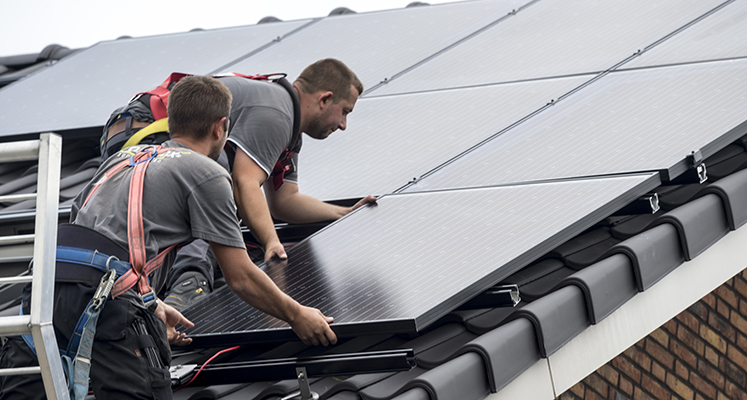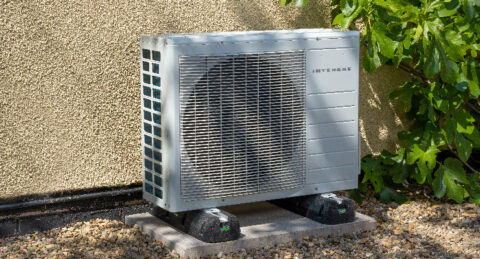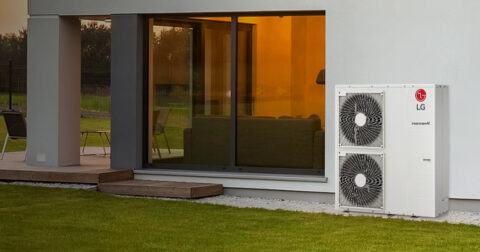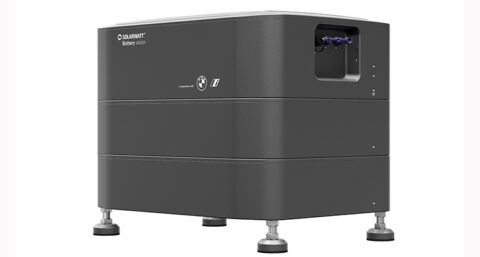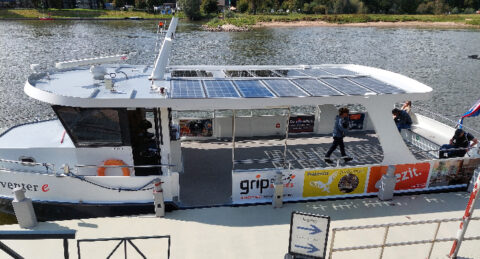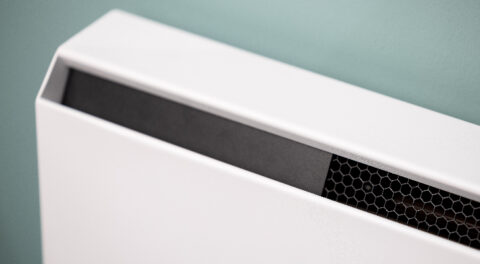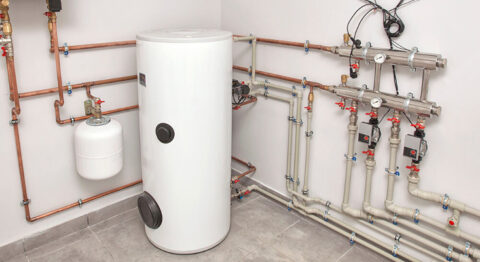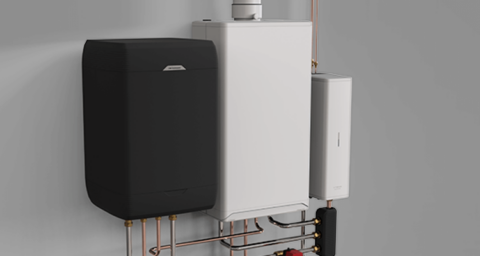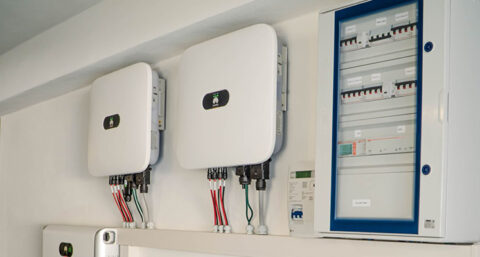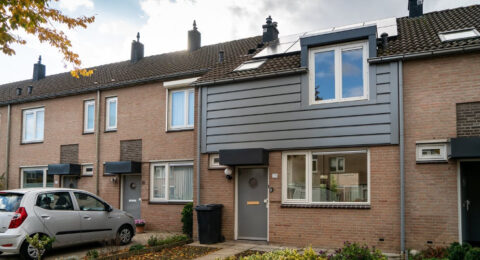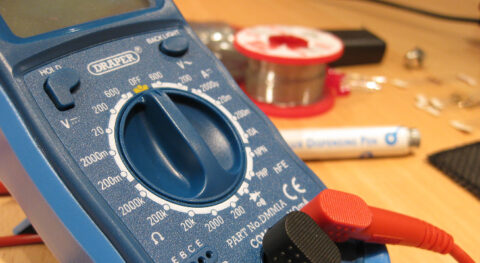In addition to solar panels and a heat pump, are there other devices in your home, such as a home battery, buffer tank, or charging station? Then it is important that these components work together smartly, so that there is always enough power, a comfortable warm house and hot tap water. And that at the lowest possible cost or even for free. This is possible with a separate module.
More and more heat pumps are smartly controllable, so they start working especially when free solar power is plentiful, or the grid electricity rate is low. But what if additional components are added, such as a buffer tank, home battery, or charging station?
EMS
In those situations, an external Energy Management System (EMS) comes in handy. This is also called Home Energy Management System (HEMS) when it comes to homes and Commercial Energy Management System (CEMS) when it comes to businesses. Although usually the collective term EMS is mostly used.
An EMS module is a piece of hardware containing smart software that can act as an energy manager or energy conductor for various devices. Not only an inverter and heat pump can be connected to this, but also, for example, a home battery, buffer tank and your customer's charging station.
With the ultimate goal of making all these components work together as efficiently as possible, streamlining the load and keeping energy costs as low as possible. A separate module is brand-independent, although as an installer it is always important to check for compatibility.
EMS modules
An example of a smart energy management module is the Lewiz. A DIN-rail module that you install in the meter box, which then monitors and controls all connected equipment. The Lewiz is brand-independent and works with open standards. Via an app, your customer sets all kinds of schedules himself in order to shape the energy management completely according to his own views. Think about the optimal use of their own solar power, preventing peaks and taking advantage of the lowest rates with a dynamic energy contract.
A similar solution is the SolarGateway and which again is brand-independent. Up to eight devices can be connected to the SolarGatewayHOME. Thanks to its modular structure, up to 250 connected devices are possible with the SolarGatewayPRO. Control is possible via Modbus TCP/IP as well as Modbus RTU and otherwise a device can always be switched on and off via an external contact. An EMS from Loxone also makes it possible to smartly link different types of devices.
For office buildings in particular from small to large, you can look at SKD flow from Controlin, for example, which also allows you to monitor everything separately to optimize energy management.
